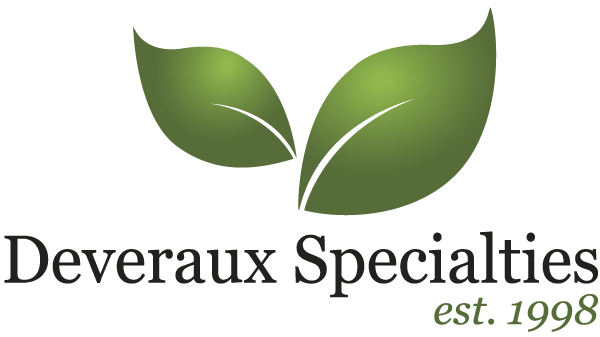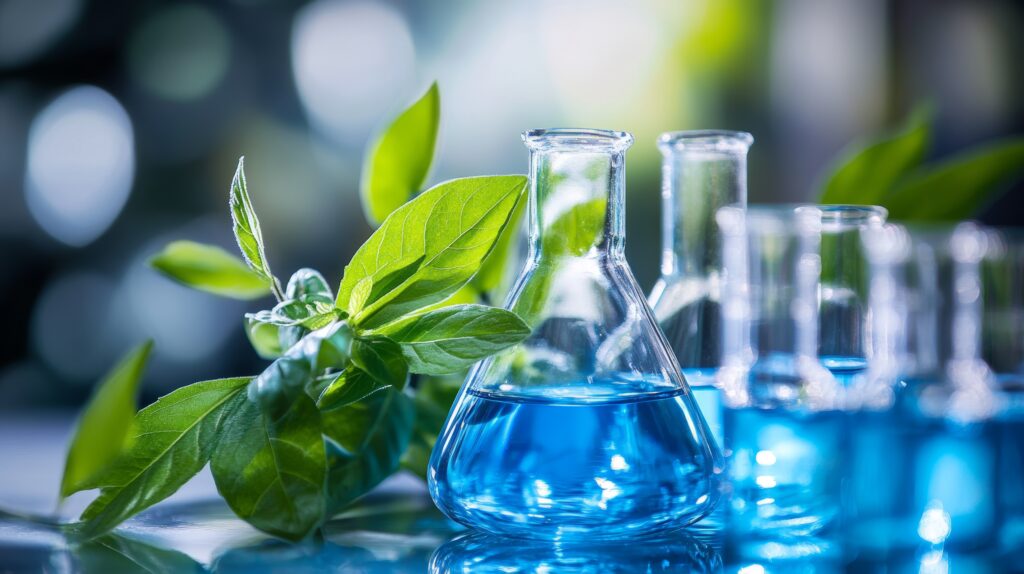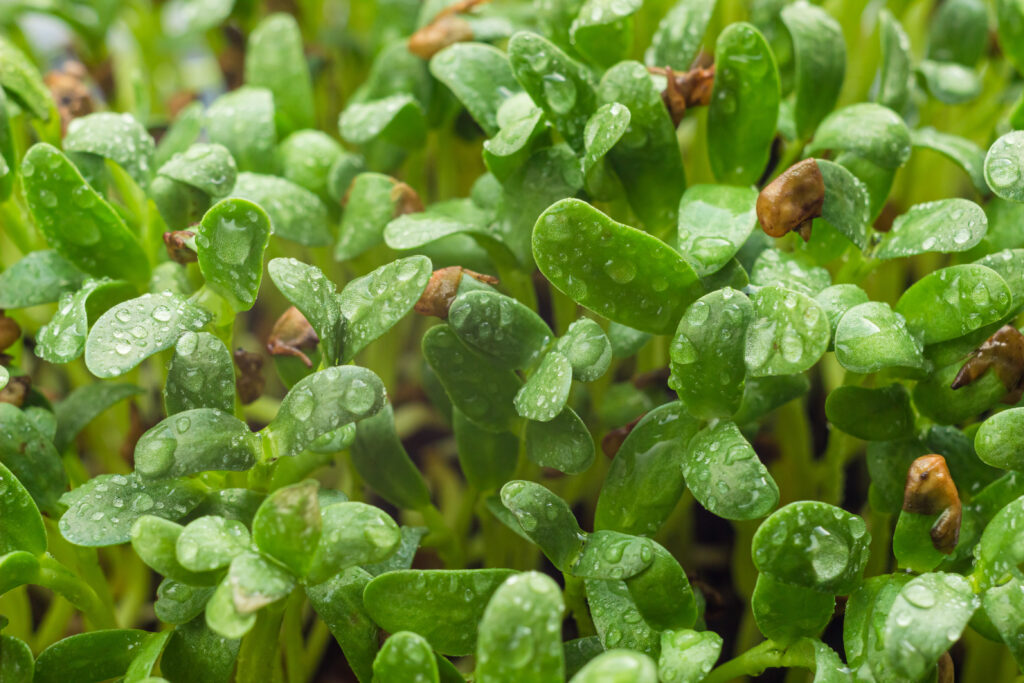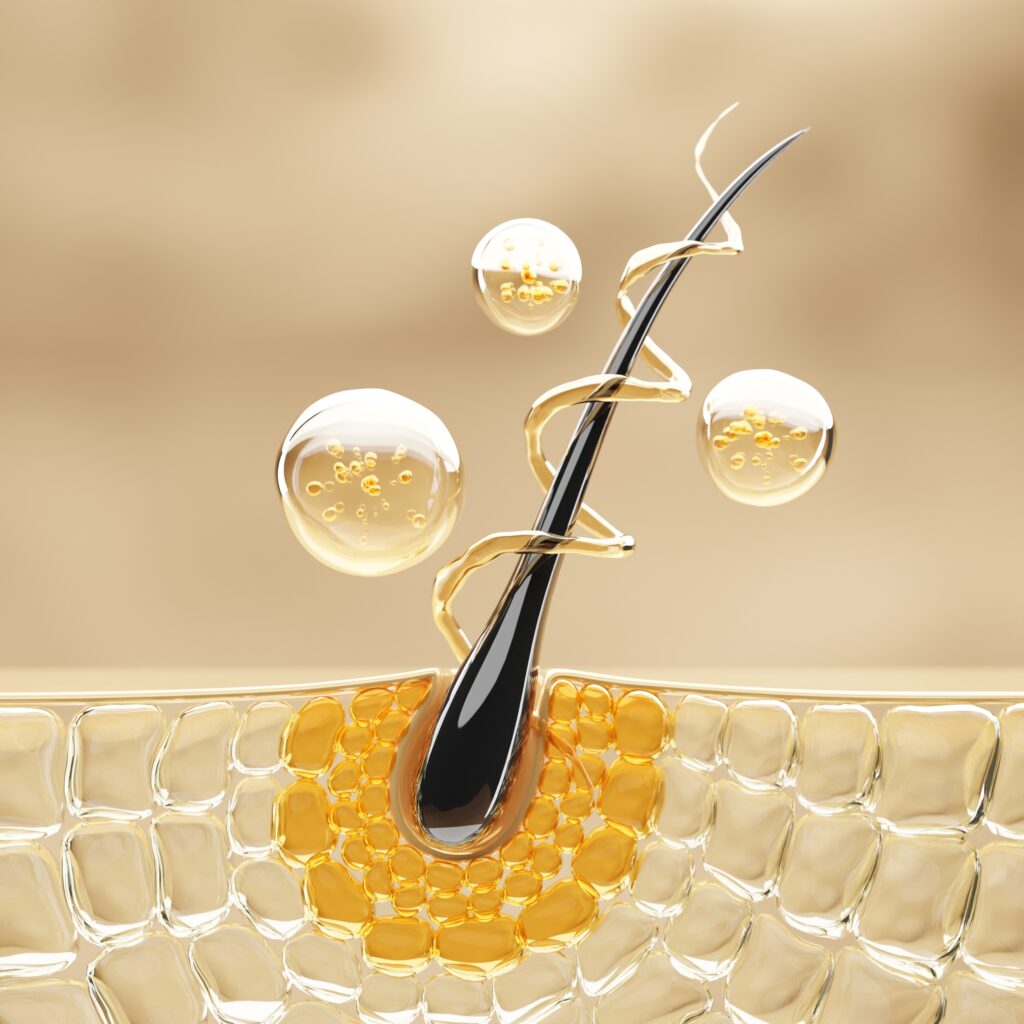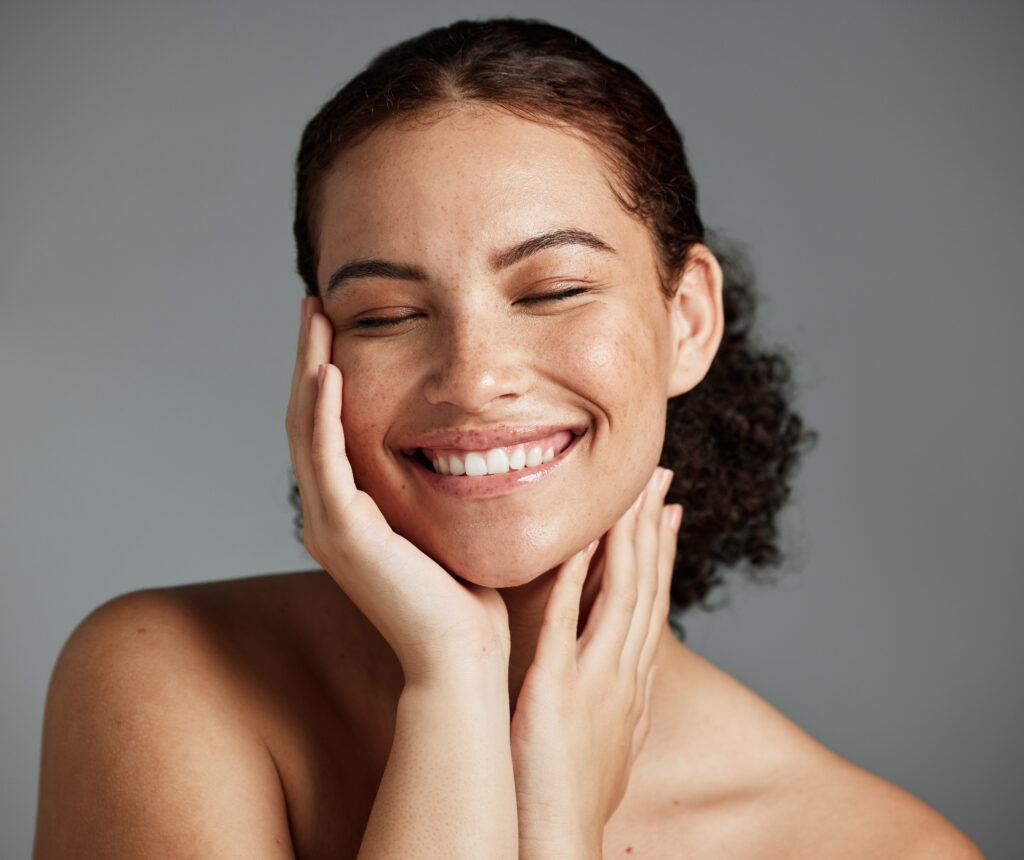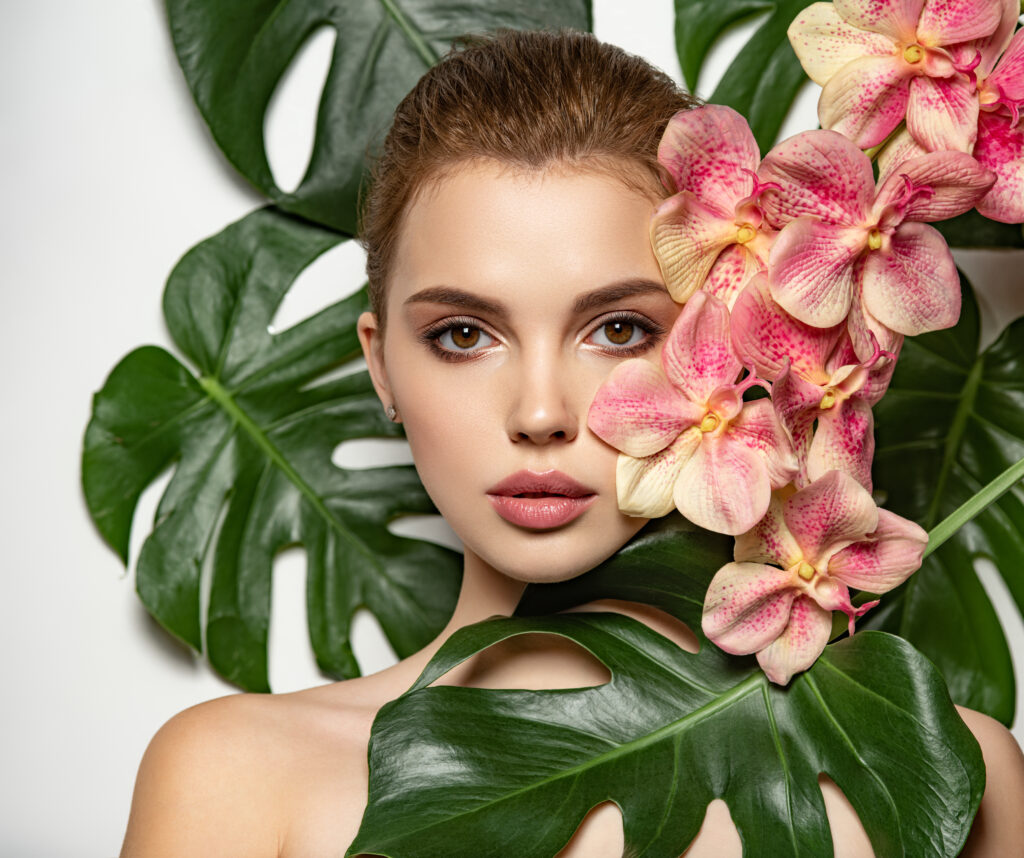A Persistent Problem Beneath the Surface
For cosmetic formulators, treating scalp conditions like dandruff, seborrheic dermatitis, and sensitivity isn’t just about managing surface symptoms. These conditions often stem from deeper biological imbalances—namely, microbial dysbiosis and persistent biofilms that shield problematic organisms from both topical treatments and the immune system. Despite advances in antifungal actives and soothing agents, many scalp care products fall short when it comes to disrupting this microbial stronghold.
What if we could go one step deeper—modulating the very microenvironment of the scalp to restore balance and prevent biofilm formation before symptoms emerge? Recent research into postbiotics has opened a promising new avenue, especially when these biologically active metabolites are derived through targeted fermentation. Kalibiome Sensitive D-V, developed through Kalichem’s proprietary PB Tech®, represents a new class of bioactive compounds designed specifically to target inflammation and microbial imbalance at the follicular level—without the instability or regulatory challenges of live cultures.
Biofilms, Dysbiosis, and the Scalp Microbiome
Scalp disorders are closely tied to microbial imbalances. A healthy scalp hosts a complex community of bacteria, fungi, and viruses that form a symbiotic barrier and contribute to immune regulation. But this balance is easily disrupted—by environmental stressors, harsh cleansers, occlusive styling products, or shifts in pH and sebum composition. The result? Opportunistic microbes like Staphylococcus aureus and Malassezia spp. flourish, forming robust biofilms that shield them from both immune surveillance and topical interventions.
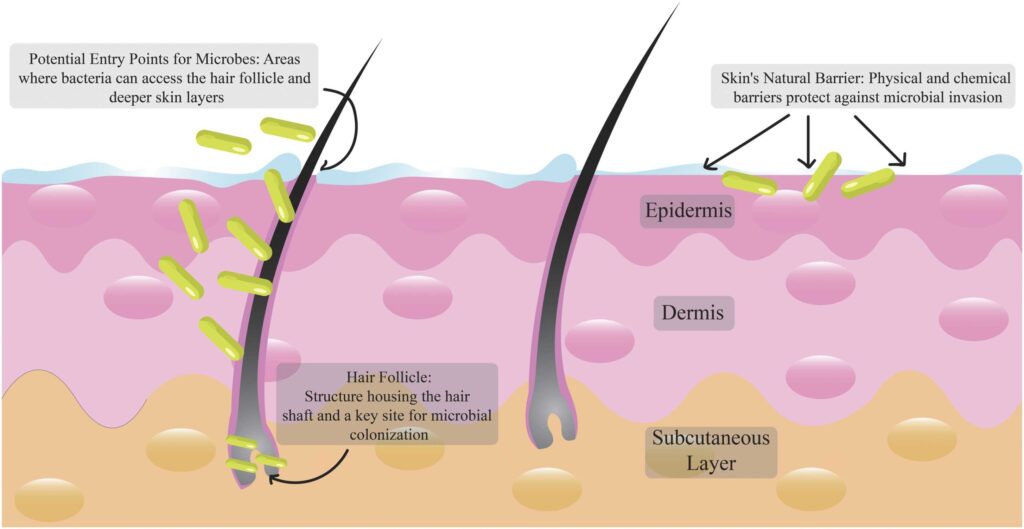
Paul, J. K., Azmal, M., Talukder, O. F., Haque, A. S. N. B., Meem, M., & Ghosh, A. (2025). Figure 1; Unlocking the secrets of the hair microbiome: From scalp health to therapeutic advances. The Microbe, 7, 100353. https://doi.org/10.1016/j.microb.2025.100353
Biofilms pose a particularly difficult challenge. These extracellular matrices allow pathogenic microbes to adhere tightly to hair follicles, protect themselves from desiccation, and resist conventional antimicrobials. As highlighted in peer-reviewed work by Paul et al. (2025), these biofilms not only promote chronic inflammation but also accelerate follicular degradation and trigger premature shifts from the anagen (growth) phase to the catagen (regression) phase of the hair cycle.
Even ingredients touted for their antimicrobial effects can struggle to penetrate biofilms or may disrupt the beneficial commensals that maintain skin homeostasis. And while live probiotics offer a biologically nuanced approach, they are unstable in conventional formulations and often incompatible with standard preservation systems. For formulators aiming to tackle scalp health at its microbial root without compromising shelf life, a new tool is needed—one that’s stable, effective, and selective.
Biofermented Precision: How Kalibiome Sensitive D-V Interrupts the Biofilm Cycle
Kalibiome Sensitive D-V delivers a high-purity complex of postbiotic metabolites—peptides, fatty acids, and biosurfactants—obtained from Lactobacillus paracasei via controlled biofermentation. Unlike traditional lysates or live probiotics, Kalibiome is free of bacterial fragments or toxins and maintains compatibility with cosmetic preservatives. This allows formulators to include potent microbiome-modulating activity without sacrificing formulation stability or safety.
What sets Kalibiome Sensitive D-V apart is its ability to interrupt the biofilm cycle in multiple ways. First, the biosurfactants and fatty acids in the postbiotic complex have been shown to inhibit the formation of S. aureus biofilms—reducing microbial adhesion and promoting dispersion. Second, the bioactives modulate key cytokines involved in inflammatory signaling. Specifically, Kalibiome has demonstrated the ability to reduce IL-6, IL-8, and MCP-1 expression—three chemokines directly linked to microinflammation and premature hair follicle regression.
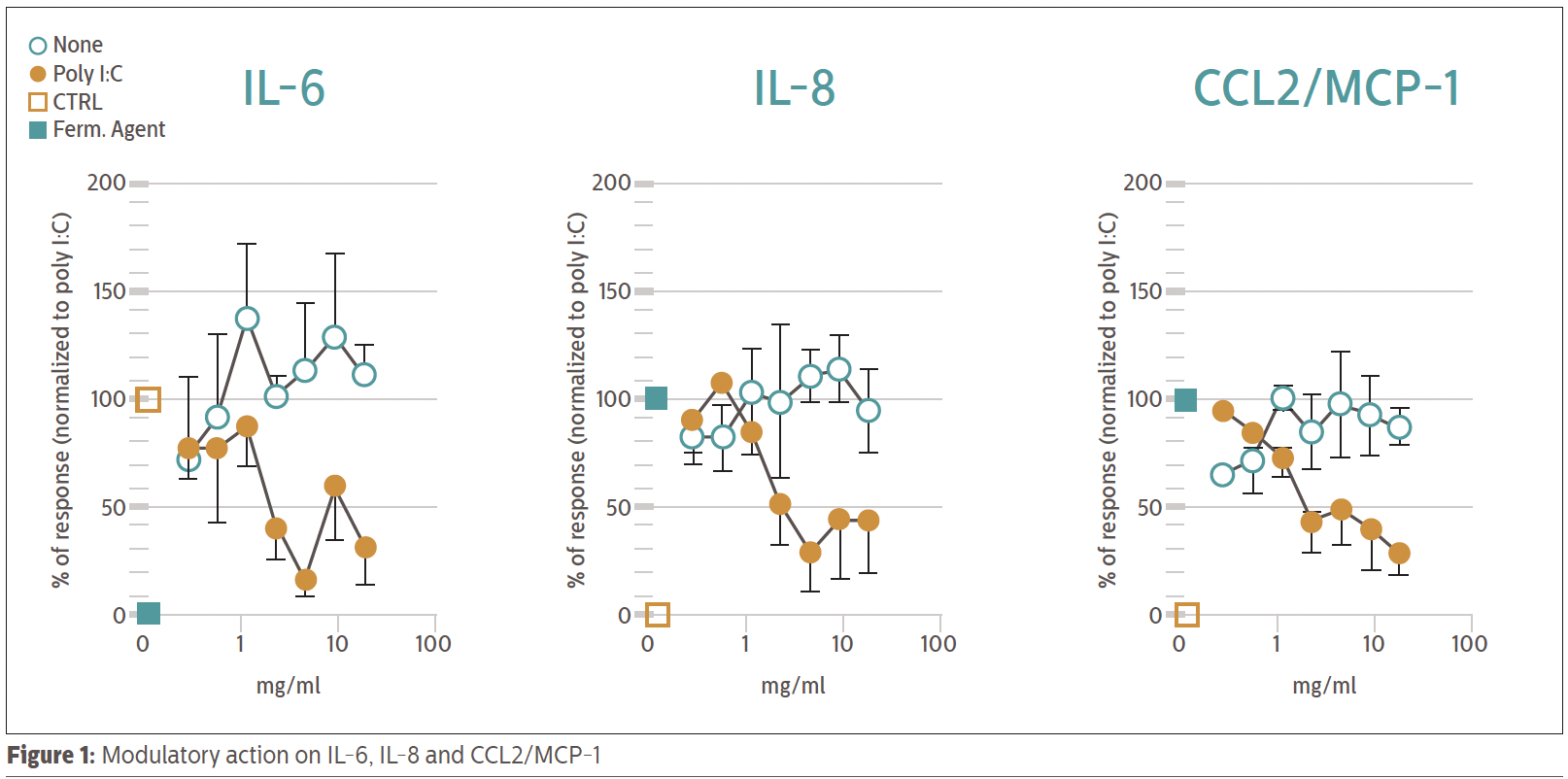

Finally, Kalibiome enhances the expression of short-form Thymic Stromal Lymphopoietin (sTSLP), a cytokine associated with tissue regeneration during the anagen phase. By encouraging sTSLP expression by over 300% compared to control, Kalibiome supports the follicle’s ability to maintain a prolonged growth phase while resisting inflammatory triggers.
Engineering Efficacy Without Compromising Stability
For formulators, stability and reproducibility are just as important as biological performance. Kalibiome Sensitive D-V was developed to overcome common limitations of microbiome-targeted actives. It is delivered in a preservative-free, water-soluble powder with a low minimum usage concentration of 0.1%. This makes it easy to integrate into both rinse-off and leave-on systems without requiring changes to the base formulation or preservation strategy.
Studies conducted by Kalichem demonstrated that Kalibiome significantly reduced oxidative stress markers and enhanced the overall antioxidant force of formulations by 110% compared to placebo. In vitro tests also confirmed inhibition of S. aureus biofilm formation and reduction in inflammatory cytokines without affecting beneficial commensal species.
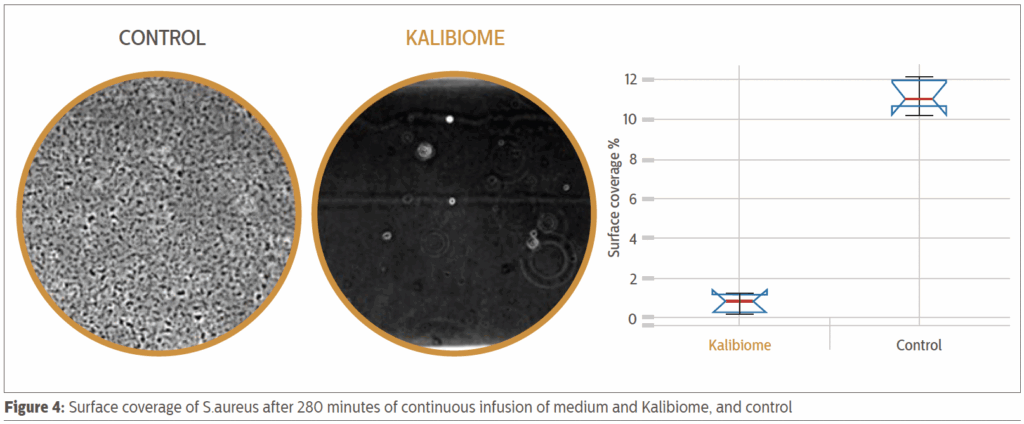
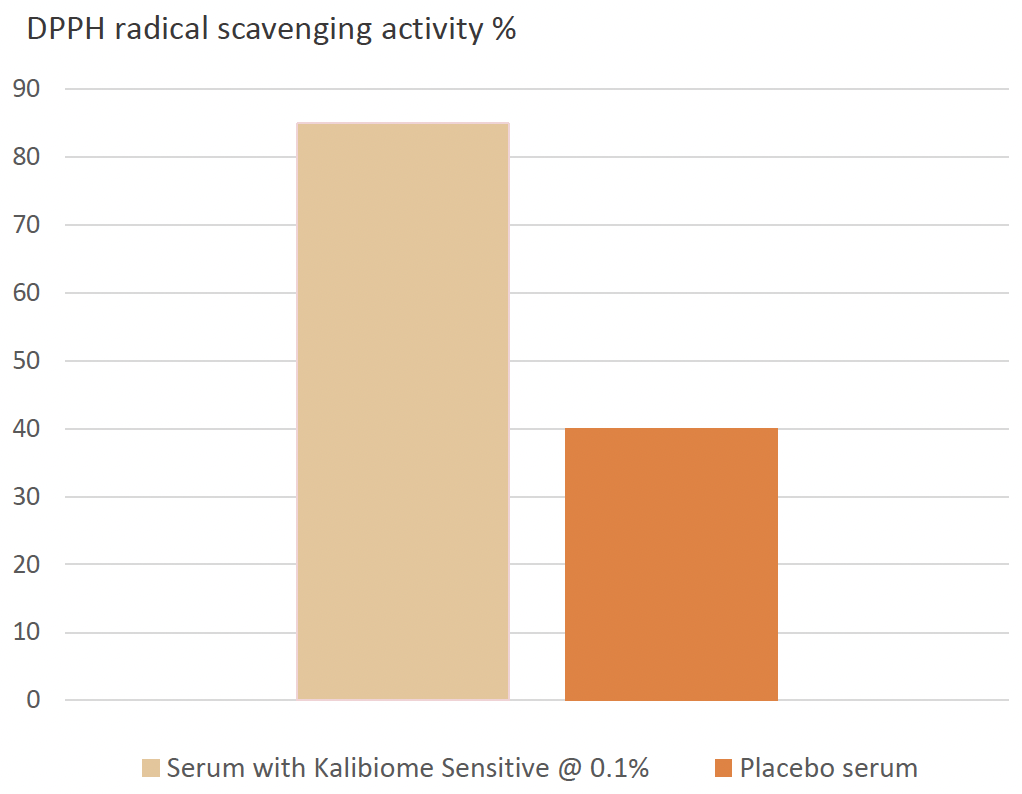
The absence of living cells eliminates the risk of strain instability, contamination, or fermentation in the final product. Moreover, Kalibiome’s reproducible composition ensures batch-to-batch consistency, allowing formulators to meet both regulatory expectations and consumer demands for safety and efficacy.
Where Scalp Science Is Headed—and Why It Starts With Biofilms
Microbiome-aware formulation is no longer optional—it’s becoming foundational to the next generation of scalp and hair care. As consumer awareness grows around issues like dandruff, hair thinning, and scalp sensitivity, formulators are under increasing pressure to deliver evidence-based solutions that move beyond harsh antifungals or corticosteroids.
Kalibiome Sensitive D-V introduces a new formulation strategy: rather than relying on broad-spectrum antimicrobials to suppress microbial overgrowth, it works by restoring balance through targeted biochemical signaling and biofilm disruption. This method supports the industry’s shift toward microbiome-friendly scalp care that respects biological systems while achieving clinically relevant outcomes.
Furthermore, the robust data supporting postbiotics—not just from Kalichem but also in broader literature—suggest that these bioactive compounds may become a cornerstone of scalp health strategies. As a recent systematic review confirmed, postbiotic derivatives of probiotics such as Lactobacillus can promote hair thickness, regulate inflammatory cytokines, and improve follicle density—all without the downsides of live bacterial application.
Moving From Management to Prevention
As the understanding of the scalp microbiome deepens, formulators need tools that go beyond symptom relief and tackle the root causes of chronic scalp disorders. Kalibiome Sensitive D-V offers a precision-targeted, preservative-compatible solution to one of the most stubborn barriers to effective treatment: biofilm resilience and microbial imbalance.
By disrupting biofilm formation, modulating proinflammatory signaling, and supporting follicle longevity through sTSLP stimulation, Kalibiome enables a new class of cosmetic scalp formulations that are both biologically aligned and industrially feasible.
Ready to Rethink Your Approach to Scalp Formulation?
Discover how targeted biofermented actives can help you create microbiome-aligned scalp care solutions. Download the brochure below or connect with your regional sales manager for formulation guidance and samples.
Resources:
- Bifulco, G., Tosti, G., Rastrelli, F., & Rastrelli, G. (2022). Postbiotics for hair and scalp microbiome balance. Personal Care Magazine. Retrieved from https://www.personalcaremagazine.com/story/42035/postbiotics-for-hair-and-scalp-microbiome-balance
- Paul, J. K., Azmal, M., Talukder, O. F., Haque, A. S. N. B., Meem, M., & Ghosh, A. (2025). Unlocking the secrets of the hair microbiome: From scalp health to therapeutic advances. The Microbe, 7, 100353. https://doi.org/10.1016/j.microb.2025.100353
- Yin, C.-S., Nguyen, T. T. M., Yi, E.-J., Zheng, S., Bellere, A. D., Zheng, Q., Jin, X., Kim, M., Park, S., Oh, S., & Yi, T.-H. (2024). Efficacy of probiotics in hair growth and dandruff control: A systematic review and meta-analysis. Heliyon, 10, e29539. https://doi.org/10.1016/j.heliyon.2024.e29539
